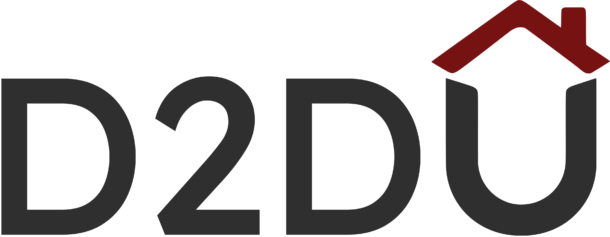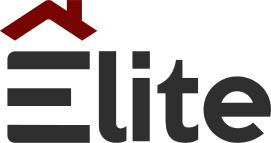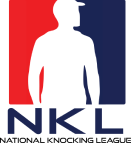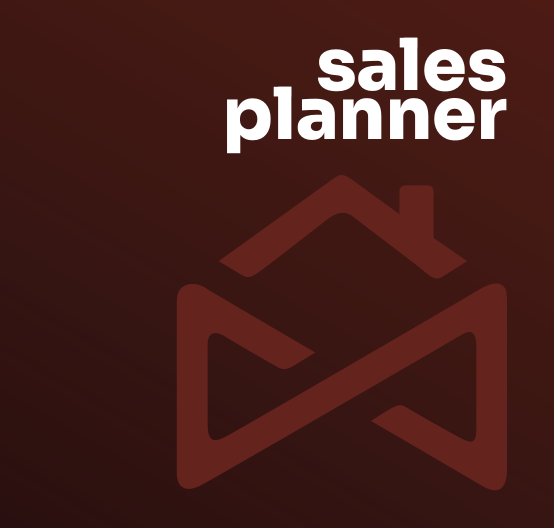The roofing world isn’t just about shingles and hammers—it’s where ambition meets opportunity. If you’re serious about building a thriving business, you can’t just hope for healthy roofing profit margins; you need the laser focus of a true “Achiever.”
That means setting clear goals, mapping out every tool and process you’ll need, and turning guesswork into a step‑by‑step playbook. In this guide, we’ll break down the key drivers behind roofing profit margins and share battle‑tested tactics to boost your bottom line—so you can stop leaving money on the table and start scaling smart.
Join Sam Taggart on the D2D Podcast with Hunter and Hung from Detach Reset as they tackle a critical issue in the solar and roofing industries: the challenge of properly servicing and reinstalling solar panels. They discuss the service gaps left by many companies, the problems this creates for homeowners and roofers, and how specialized services like theirs are stepping in to provide essential solutions and improve industry standards. If you’re in roofing or solar, this conversation highlights vital considerations for long-term customer care and business sustainability.
Master Your Roofing Margins
Implement Proven Strategies to Boost Profitability and Ensure Long-Term Success
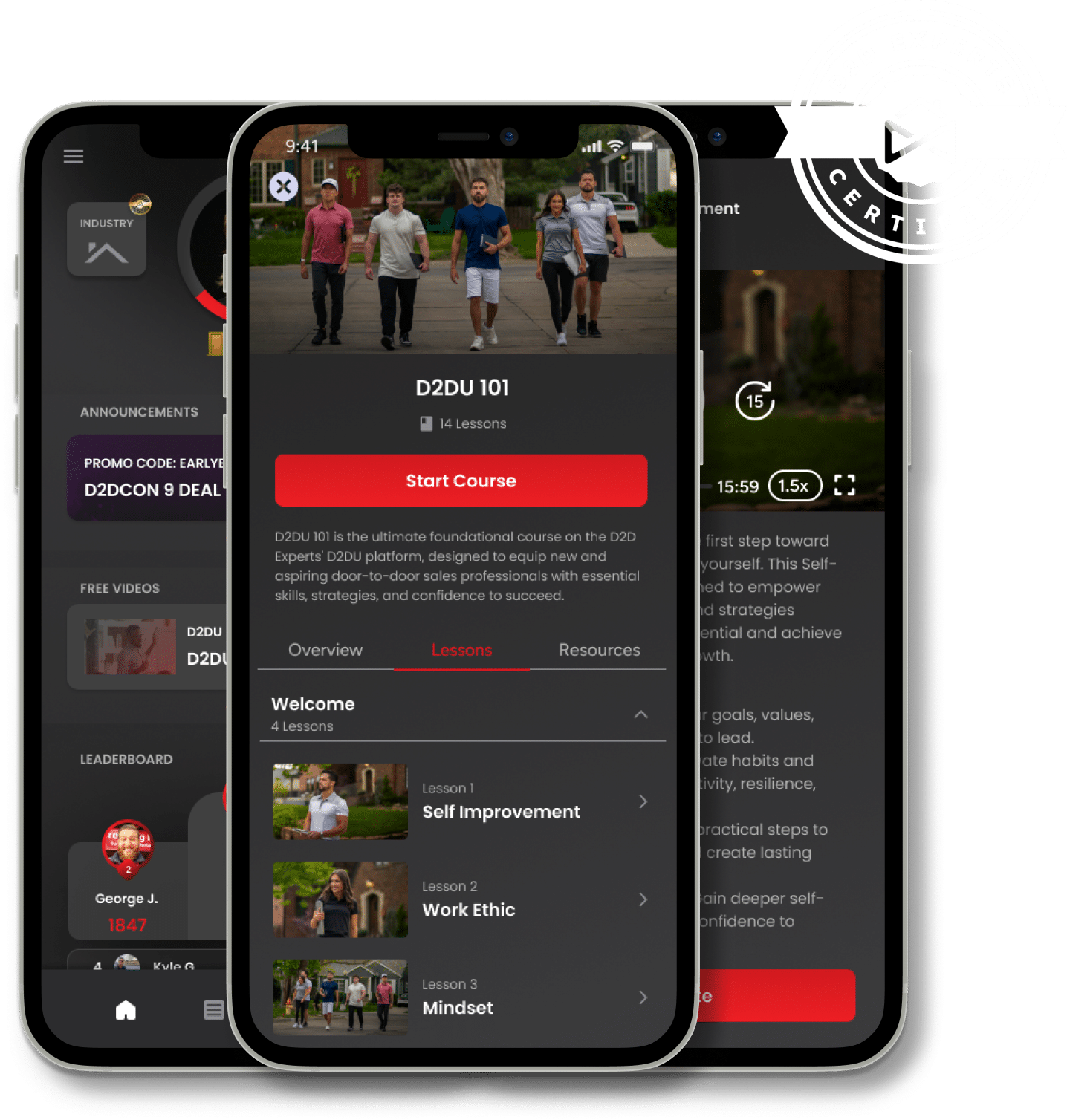
Deconstructing Roofing Profit Margins: The Vital Signs of Your Business
Profit margins are the vital signs measuring your company’s financial health, indicating the percentage of revenue retained as profit after accounting for costs. In the roofing industry, two key metrics demand constant attention:
Gross Profit Margin:
This fundamental metric reveals the profitability of your core installation activities. Calculated as (Total Revenue – Cost of Goods Sold) / Total Revenue, it isolates the efficiency of your direct operations. COGS in roofing primarily includes the landed cost of materials (shingles, underlayment, metal panels, flashing, fasteners, sealants) and the direct labor costs associated with the installation crew (wages, payroll taxes, workers’ comp directly tied to job hours).
A healthy gross margin indicates effective material procurement, efficient labor utilization, and accurate job costing. Fluctuations here often point directly to issues in job-site management or purchasing.
Net Profit Margin:
This is the ultimate measure of your company’s overall profitability, reflecting what remains after all expenses are paid. Calculated as (Total Revenue – Total Expenses) / Total Revenue, it encompasses both COGS and all operating (overhead) expenses. Overhead includes everything not directly tied to a specific job: office rent, utilities, administrative salaries, sales commissions, marketing and advertising spend, vehicle leases/fuel/maintenance, insurance premiums (general liability, auto, umbrella), software subscriptions (CRM, accounting, project management), licenses, permits, depreciation, and professional fees.
While commercial roofing profit margins might structurally differ from residential due to scale and complexity, consistently achieving a strong net profit margin (often targeted in the 10-20%+ range, but varying by specialization and efficiency) signifies a well-managed, financially sound business capable of reinvestment and growth.

The Complex Equation: Factors Driving Roofing Profit Margins
Achieving and maintaining healthy margins requires navigating a complex interplay of factors, each demanding strategic management:
Material Costs:
The roofing supply chain is subject to volatility influenced by global commodity prices, fuel costs, manufacturing capacity, and geopolitical events. Sudden spikes in asphalt shingle prices or metal coil costs can severely erode margins on pre-quoted jobs if not anticipated. Proactive strategies include cultivating strong relationships with multiple suppliers for competitive quotes, exploring volume purchasing or co-op buying groups, staying informed on market trends, and potentially incorporating material price escalation clauses into contracts for longer-term projects to mitigate risk.
Labor Costs:
The availability of skilled, reliable roofing labor is a persistent industry challenge. Costs extend far beyond hourly wages to include significant burdens like workers’ compensation insurance (especially high in roofing), payroll taxes, health benefits, retirement contributions, essential safety training (like OSHA compliance), and providing necessary tools and equipment.
The productivity gap between a well-trained, motivated ‘Achiever’ crew and less skilled or unmotivated ‘Non-achiever’ workers is vast, impacting not only job completion times but also the costly downstream effects of callbacks, warranty claims, and reputational damage from poor workmanship. Strategic decisions regarding subcontractors versus in-house employees involve trade-offs in direct cost, quality control, scalability, and fostering a consistent company culture, which itself is vital for retaining top talent.
Overhead Expenses:
Often underestimated, overhead represents the constant financial drain required to keep the business operational. These costs accrue regardless of job volume and can silently suffocate profitability if not rigorously controlled.
Beyond the obvious like rent and utilities, this includes software licenses for essential tools (CRM for sales tracking, estimating software, project management platforms), vehicle fleet management (insurance, fuel, maintenance, depreciation), robust insurance policies (General Liability, Auto, Umbrella – critical for risk management in roofing), marketing budgets (website, SEO, ads), administrative staff salaries, legal and accounting fees, and ongoing business licenses and permits.
Regularly scrutinizing these expenses, challenging their necessity, and seeking efficiencies is crucial. Falling into the ‘Material Achiever’ trap – spending excessively on non-essential luxuries like overly expensive trucks or office furnishings before the business foundation is solid – can be fatal to long-term financial health.
Seasonality & Demand:
The inherent seasonality of roofing, dictated by weather patterns, creates significant operational and financial challenges. Peak seasons bring intense workflow and potential revenue surges but also strain labor resources and material availability. Conversely, lean winter months or rainy periods can lead to cash flow crises if not planned for.
Successful roofing companies build adaptability into their models by diversifying services (e.g., insulation, siding, gutters, snow removal in relevant climates), offering proactive maintenance plans that generate year-round revenue, implementing rigorous cash flow forecasting, and building financial reserves during peak times to weather the inevitable slowdowns.
Competition & Pricing Strategy:
The local competitive landscape dictates pricing flexibility. Markets saturated with low-cost providers can pressure companies into sacrificing margins to win bids – a race to the bottom that undermines sustainability.
Escaping this requires strategic differentiation. Instead of competing solely on price, focus on establishing unique value propositions: superior workmanship backed by strong warranties, exceptional customer service and communication, specialization in high-demand or complex roofing systems (metal, slate, TPO/EPDM for commercial), verifiable credentials (manufacturer certifications, industry awards), and building a powerful brand reputation through testimonials and reviews.
Understanding your company’s ‘3 Uniques’ (as mentioned in the D2D guide) helps articulate this value clearly to potential customers, justifying a premium price point that supports healthy margins.
Strategic Levers for Boosting Roofing Profit Margins
Improving profitability isn’t about luck; it’s about strategically pulling the right levers across your operations:
Optimize Cost Efficiency – Beyond Basic Purchasing
Go deeper than just asking for discounts. Implement rigorous tracking of material usage and waste on every job site – what gets measured gets managed. Analyze variances between estimated and actual material consumption to identify areas for improvement in estimating accuracy or installation techniques.
Explore just-in-time inventory systems where feasible to reduce storage costs and damage risk. Institute fuel-efficient routing for crews and incentivize waste reduction.
Remember the power of ‘marginal gains’ – small, consistent improvements across dozens of micro-cost areas (like optimizing fastener usage or reducing sealant waste) compound into substantial bottom-line impact.
Enhance Operational Efficiency – Systemize for Success
Transition from ad-hoc processes to standardized, documented workflows for every stage: lead intake, estimating, scheduling, material ordering, pre-job setup, installation checklists, quality control inspections, project closeout, and invoicing. Leverage technology effectively: use drone or satellite imagery for faster, safer measurements; implement cloud-based project management software for real-time crew scheduling, task tracking, photo documentation, and communication between field and office.
This systematization minimizes errors, reduces downtime, improves resource allocation, enhances customer experience, and directly cuts costs associated with inefficiency and rework. Avoid the pitfalls of the ‘Handyman Achiever’ trying to juggle everything; instead, build robust systems that enable mastery of the core roofing business, freeing up leadership to focus on strategic growth.
Crucially, track operational KPIs like labor hours per square, project cycle time, callback rates, and customer satisfaction scores to pinpoint bottlenecks and drive continuous improvement.
Implement Strategic Pricing Models – Sell Value, Not Just Labor
Move decisively beyond simplistic cost-plus pricing, which often leaves money on the table and makes you vulnerable to price wars. Embrace value-based pricing by clearly understanding and articulating the premium worth of your offerings.
Quantify the long-term value for the customer: How much longer will your recommended shingle last? How much energy savings might improved attic ventilation provide? What is the peace of mind worth from your industry-leading warranty and responsive service? Tailor pricing tiers based on material quality, warranty length, and included services.
This requires confidence in your value proposition and skilled salesmanship to communicate it effectively.
Amplify Lead Generation & Conversion – Fueling the Growth Engine
Consistent, high-quality lead flow is essential. Invest strategically in a multi-channel marketing approach: optimize your website for local SEO (“roofing contractor [your city]”), run targeted Google Ads (PPC) campaigns, leverage local service ads, build a strong online review profile, and consider targeted direct mail or even well-managed, ethical door-to-door marketing campaigns in specific neighborhoods (applying principles from the D2D guide). To convert more of these leads into paying customers, incorporate roofing sales training for your team to improve closing rates and build trust with homeowners.
Equally important is maximizing the conversion rate of those leads through a refined sales process and well-trained sales staff (whether dedicated reps or owner-led sales). Equip your team to effectively diagnose customer needs, present solutions persuasively, handle objections professionally, and articulate the unique value justifying your price.
Remember the D2D formula’s core truth: improvements in lead volume (More Opportunities) or closing effectiveness (Better Closing Percentage) directly translate to increased revenue, providing more gross profit to cover overheads and contribute to net margin.
Leverage Upselling & Ancillary Services – Maximize Customer Lifetime Value
Increase the average revenue per roofing project by strategically offering relevant upgrades and complementary services. During the sales process, educate homeowners on the benefits of impact-resistant shingles in hail-prone areas, higher-quality underlayment for better leak protection, improved attic ventilation for energy efficiency and roof longevity, or premium gutter guard systems.
Furthermore, develop recurring revenue streams through roof maintenance packages (inspections, minor repairs, cleaning) which not only boost profits but also build long-term customer relationships and position you for future roof replacements. Adding services like gutter installation, soffit/fascia repair, or attic insulation can further diversify revenue and improve margins, often utilizing existing skills and equipment.
Master Your Roofing Margins
Implement Proven Strategies to Boost Profitability and Ensure Long-Term Success

Conclusion: Building a Margin-Focused Roofing Legacy
Maximizing roofing profit margins is not merely a financial exercise; it’s the strategic foundation for building a resilient, scalable, and enduring business. It requires moving beyond hope and embracing the disciplined, execution-oriented approach of the ‘Achiever’.
This involves continuous vigilance over costs, relentless pursuit of operational efficiency through systemization and ‘marginal gains’, adoption of strategic, value-driven pricing, smart investment in lead generation and sales effectiveness, and maximizing the value derived from each customer relationship. Understanding how to sell roofs effectively is also key—ensuring your team can communicate value, handle objections, and close deals consistently.
By embedding a margin-conscious culture throughout your roofing company and consistently applying these principles, you shift from simply surviving to truly thriving, ensuring long-term profitability and establishing a legacy of success in a demanding industry.
Albert Brand boasts over a decade of expertise in the telecommunications industry, with a particular emphasis on fiber optics sales. His rich career spans both corporate roles and entrepreneurial ventures in sales fulfillment. With a proven track record in door-to-door sales, especially in the fiber optics domain, Albert has seamlessly bridged the gap between corporate leadership and hands-on sales, showcasing his versatility and commitment to excellence in this specialized field.





